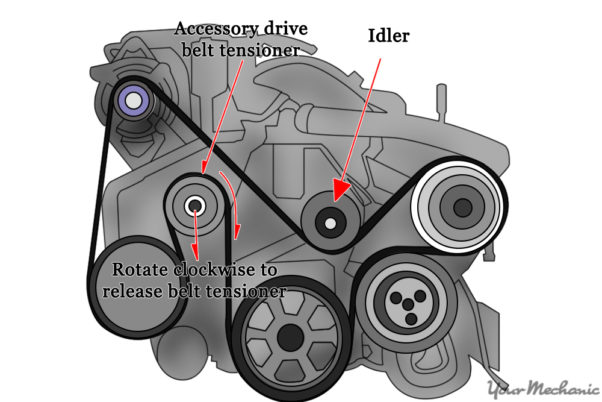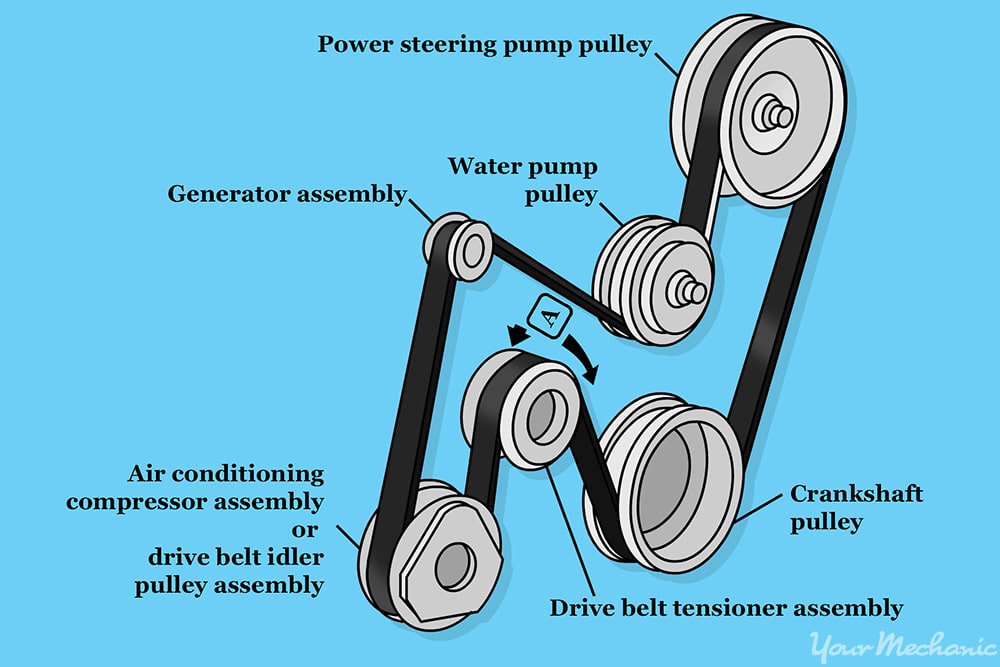Roads & PavementRoads & Pavement
Barefoot
Minimal
Low
Medium
High
Maximal
All around running shoes offer comfort and cushioning for daily runs, jogs, walks, and long mileage. They offer enough versatility for both faster and slower runs and are a great option for those who want one running shoe to do it all.
Fast run or uptempo running shoes are lightweight and responsive. They offer streamlined designs that have minimal uppers and offer a high level of energy return. These shoes are a great option for faster runs in the week or those looking for a livelier experience.
Max Cushion shoes offer premium cushioning with ample ground protection and a stable ride. These types of shoes provide abundant impact protection that softens landings while running at any pace or distance. These types of shoes are best for slower recovery runs and easy days where comfort takes priority.
Racing shoes are designed with optimal performance in mind. These types of shoes have snug-fitting uppers, energetic midsole foams, and features implemented for maximum efficiency. These types of shoes are best for runners looking to gain the ultimate advantage in races but may sacrifice some durability and comfort.
Gym Workout shoes offer a stable and versatile ride. They have a firmer underfoot feeling that provides stability for lateral movements with comfortable uppers. These types of shoes are best for trips to the gyms, cross training, casual wear, and light running. How to Put on an Alternator Belt with Pictures wikiHow
Road running shoes feature smooth outsoles that are designed for running on paved surfaces such as roads, sidewalks, and bike paths.
Designed to handle most trail runs, these shoes prioritize comfort and a smooth ride. These shoes are great for anything from smooth singletrack, park trails, and fireroads making them ideal for those who run from their doorstep on streets before hitting the trail.
These shoes are best used for hard, rugged trails such as shale, granite or sandstone where grip on smooth surfaces and underfoot protection are important.
Designed for use in muddy, soggy conditions, these shoes feature very aggressive outsoles that dig deep into soft ground for exceptional traction.
These shoes feature technical outsoles designed to grip snowy and icy trails making them ideal for winter trail running.
Cushioning level, or stack height, refers to how much shoe is between your foot and the ground. For this category, we reference the amount of cushioning below the forefoot as the heel height will be equal to or greater than the forefoot height.
EnginePower How To Change Out A Serpentine Belt And Idle Pulley
0-13mm. The Shoe generally does not have a midsole and feels like there is no cushioning. This shoe is all about feeling the ground underfoot.
14-18mm. The shoe has a thin midsole that allows for a natural running experience. Racing shoes and minimalist shoes are common here. These shoes offer a feeling of being connected to the road or trail.
19-23mm. The shoe has a slightly cushioned feel and may feature added cushioning technologies. Performance training shoes and some trail shoes are common here. These offer protection during footstrike but prioritize a lightweight, grounded experience.
24-28mm. These shoes have a stack height that fall near the middle of the spectrum.The shoes in this category are verstaile and great for all types of runs and distances.
29-34mm. The shoe has a thick midsole and ample cushioning. These shoes are highly protective and absorb more impact than the body.
35mm plus. The shoe has an extremely thick midsole and extra cushioning. The focus is on protection and soft foam underfoot with hardly any ground feel.
Neutral shoes support the foot through a normal range of arch collapse and generally do not have a built-in technology to correct movement.
Stability shoes are a great option for those who overpronate or need added support. These shoes help to limit the inward rolling motion of the ankle while running or walking and assist in guiding the foot straight through the gait cycle. How to Replace a Serpentine Belt in Your Car Fan Belt
Product Details:
Adjusting and replacing a power steering drive belt How a Car Works outlet, Changing a Car Serpentine Belt DIY Car Serpentine Belt outlet, Auxiliary Serpentine Drive Belt Replacement Haynes Shows You How outlet, How to Replace a Serpentine Belt 13 Steps with Pictures outlet, Fan belt change The Farming Forum outlet, Mercedes Benz Serpentine Belt Replacement Guide YOUCANIC outlet, DIY How to Change the Fan Belt on an Air cooled Porsche 911 Joe outlet, Mercedes Benz Serpentine Belt Replacement Guide YOUCANIC outlet, Changing the drive belt myself the first time advice needed r outlet, How To Replace a Drive Belt outlet, Serpentine Belt Routing Replacement Example Diagram In The outlet, How to Replace Your Car s Belt AutoZone outlet, Evanston Car Owners Ask Why Do I Need to Change My Serpentine outlet, Changing a Car Serpentine Belt DIY Car Serpentine Belt outlet, 6 Signs It s Time to Change Your Fan Belt B M Auto Repair outlet, When Do You Need to Have Your Vehicle s Belts Replaced outlet, Timing Belt Replacement Costs and When to Replace AutoZone outlet, Ep 81 Getting down and dirty changing a fan belt outlet, Help changing fan belt on 800 tractor Tractor Forum outlet, Ready to Change Your Fan Belt MILTA Technology outlet, What Is A Serpentine Belt outlet, Fan Belt Change Try to Change Fan Belt but the Engine Mounting Is outlet, How To Replace a Drive Belt outlet, How To Change The Serpentine Belt On A 6.7 Cummins Prosource Diesel outlet, DIY How to Change the Fan Belt on an Air cooled Porsche 911 Joe outlet, Is changing your own serpentine belt easy Quora outlet, How to Replace a Serpentine Belt 13 Steps with Pictures outlet, Serpentine belt tensioner problems signs of wear when to outlet, How To Check Change Your Vehicle s Serpentine Belt Tensioner Idler Pulley outlet, Changing a Car Serpentine Belt DIY Car Serpentine Belt outlet, When to Replace Your Car s Serpentine Belt Auto Service Center outlet, How to Change a Drive Belt 9 steps outlet, Five Signs It s Time to Replace Your Fan Belt AxleAddict outlet, How to Change a Serpentine Belt YourMechanic Advice outlet, How to Change an Automotive Belt 12 Steps with Pictures outlet, How To Replace a Drive Belt outlet, How to Replace a Serpentine Belt YouTube outlet, How to Replace a Serpentine Belt 13 Steps with Pictures outlet, How to Replace a Worn or Broken Fan Belt Masterparts outlet, How to Replace a Serpentine Belt 13 Steps with Pictures outlet, How to Replace Your Serpentine Belt YourMechanic Advice outlet, How to Replace a Serpentine Belt in Your Car Fan Belt outlet, EnginePower How To Change Out A Serpentine Belt And Idle Pulley outlet, How to Put on an Alternator Belt with Pictures wikiHow outlet, How to Replace a Fan Belt Helpful Maintenance Tips outlet, How to Replace Automotive Belts outlet, What Is a Serpentine Belt When Should You Replace It Virginia outlet, How to Replace a Serpentine Belt 13 Steps with Pictures outlet, How to Replace a Serpentine Belt 13 Steps with Pictures outlet, Changing a Car Serpentine Belt DIY Car Serpentine Belt outlet, Product Info:
Changing a fan belt outlet.
- Increased inherent stability
- Smooth transitions
- All day comfort
Model Number: SKU#7471705





